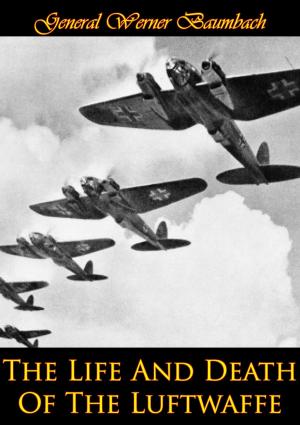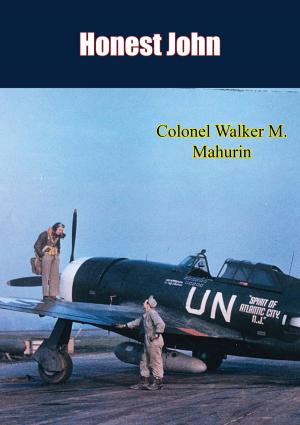Air Leadership - Proceedings of a Conference at Bolling Air Force Base April 13-14, 1984
Nonfiction, History, Middle East, Persian Gulf War, Military| Author: | Wayne Thompson | ISBN: | 9781782897064 |
| Publisher: | Tannenberg Publishing | Publication: | August 15, 2014 |
| Imprint: | Tannenberg Publishing | Language: | English |
| Author: | Wayne Thompson |
| ISBN: | 9781782897064 |
| Publisher: | Tannenberg Publishing |
| Publication: | August 15, 2014 |
| Imprint: | Tannenberg Publishing |
| Language: | English |
More than 200 airmen and historians met in Washington, D.C., on April 13 and 14, 1984, to discuss the men who have led American air forces. The first century of air power is drawing to a close and though some retired air leaders joined in the discussion, many have passed from the scene. What kind of men were they? What kind of leaders were they? What can we learn from their experience?
The conference approached broad questions of leadership by taking a close look at two air leaders, Rear Adm. William A. Moffett (1869-1933) and Gen. Carl A. Spaatz (1891-1974). While Chief of the Navy’s Bureau of Aeronautics during the 1920s, Moffett did as much as anyone to nurture air power within the Navy. Spaatz, on the other hand, helped to lead the increasingly autonomous Army Air Forces during World War II and became the first Chief of Staff of the independent Air Force when it separated from the Army in 1947.
Despite the major roles played by Moffett and Spaatz in the development of American air power, there has been little biographical work on them until recently. A decade ago Alfred Goldberg, chief historian in the Office of the Secretary of Defense, contributed an essay on Spaatz to Field Marshal Sir Michael Carver’s The War Lords. Richard G. Davis, an Air Force historian, has just completed a dissertation on Spaatz’s service in World War II. Meanwhile the Air Force Historical Foundation has sponsored a biography of Spaatz by Lt. Col. David R. Mets, USAF, Retired, and the first fruit of his effort is one of two essays on Spaatz published here; the other is by Maj. Gen. I. B. Holley, Jr., USAFR, Retired, who has drawn upon his many years as a professor of military history and biographer.
More than 200 airmen and historians met in Washington, D.C., on April 13 and 14, 1984, to discuss the men who have led American air forces. The first century of air power is drawing to a close and though some retired air leaders joined in the discussion, many have passed from the scene. What kind of men were they? What kind of leaders were they? What can we learn from their experience?
The conference approached broad questions of leadership by taking a close look at two air leaders, Rear Adm. William A. Moffett (1869-1933) and Gen. Carl A. Spaatz (1891-1974). While Chief of the Navy’s Bureau of Aeronautics during the 1920s, Moffett did as much as anyone to nurture air power within the Navy. Spaatz, on the other hand, helped to lead the increasingly autonomous Army Air Forces during World War II and became the first Chief of Staff of the independent Air Force when it separated from the Army in 1947.
Despite the major roles played by Moffett and Spaatz in the development of American air power, there has been little biographical work on them until recently. A decade ago Alfred Goldberg, chief historian in the Office of the Secretary of Defense, contributed an essay on Spaatz to Field Marshal Sir Michael Carver’s The War Lords. Richard G. Davis, an Air Force historian, has just completed a dissertation on Spaatz’s service in World War II. Meanwhile the Air Force Historical Foundation has sponsored a biography of Spaatz by Lt. Col. David R. Mets, USAF, Retired, and the first fruit of his effort is one of two essays on Spaatz published here; the other is by Maj. Gen. I. B. Holley, Jr., USAFR, Retired, who has drawn upon his many years as a professor of military history and biographer.
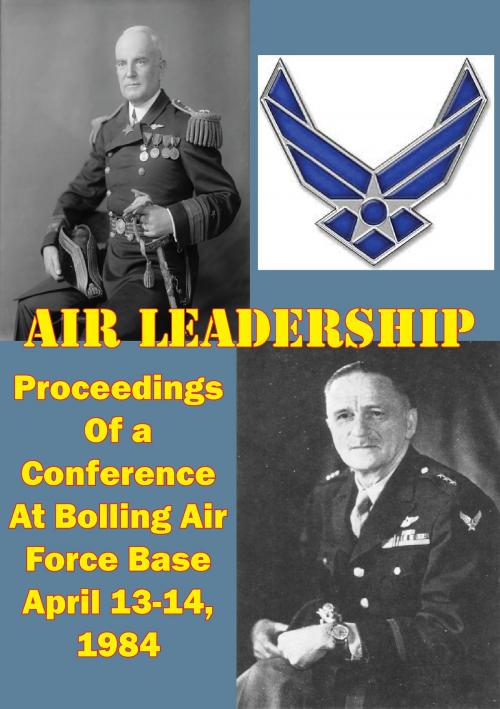


![Cover of the book ARCHIE, FLAK, AAA, And SAM: A Short Operational History Of Ground-Based Air Defense [Illustrated Edition] by Wayne Thompson](https://www.kuoky.com/images/2015/november/300x300/9781786253712-TMbs_300x.jpg)



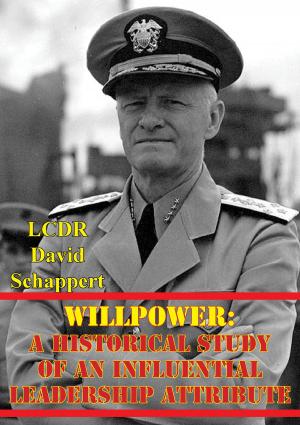

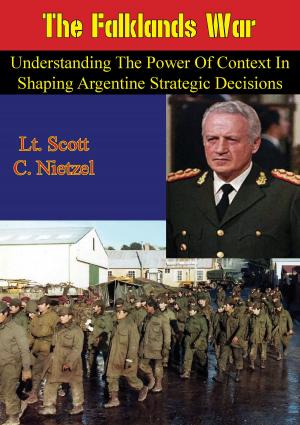

![Cover of the book Tip Of The Spear: U.S. Army Small Unit Action In Iraq, 2004-2007 [Illustrated Edition] by Wayne Thompson](https://www.kuoky.com/images/2014/august/300x300/9781782896395-SexW_300x.jpg)
